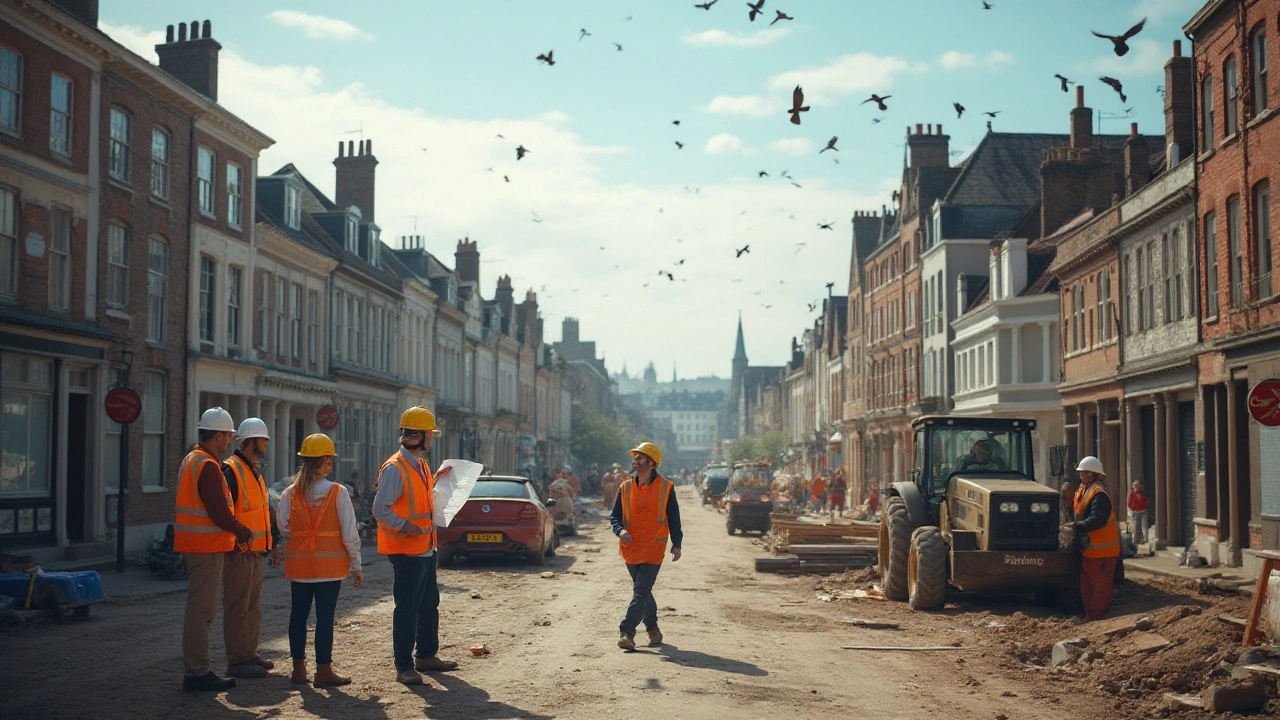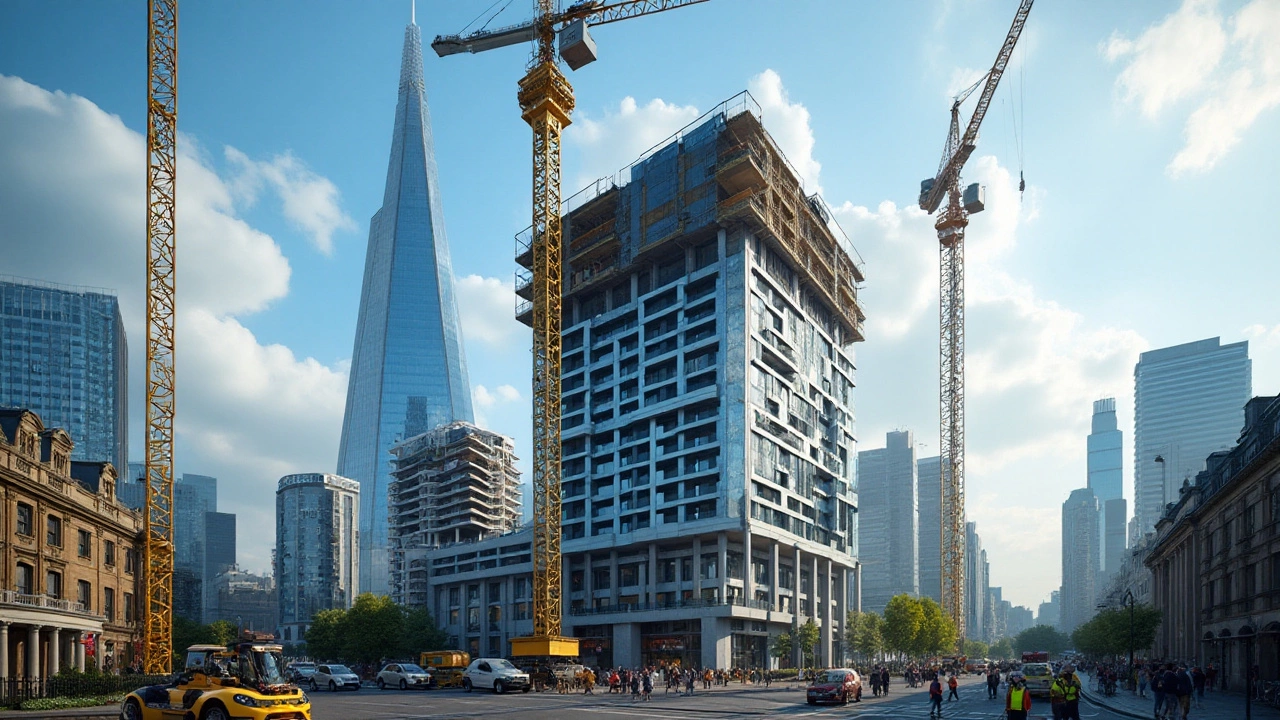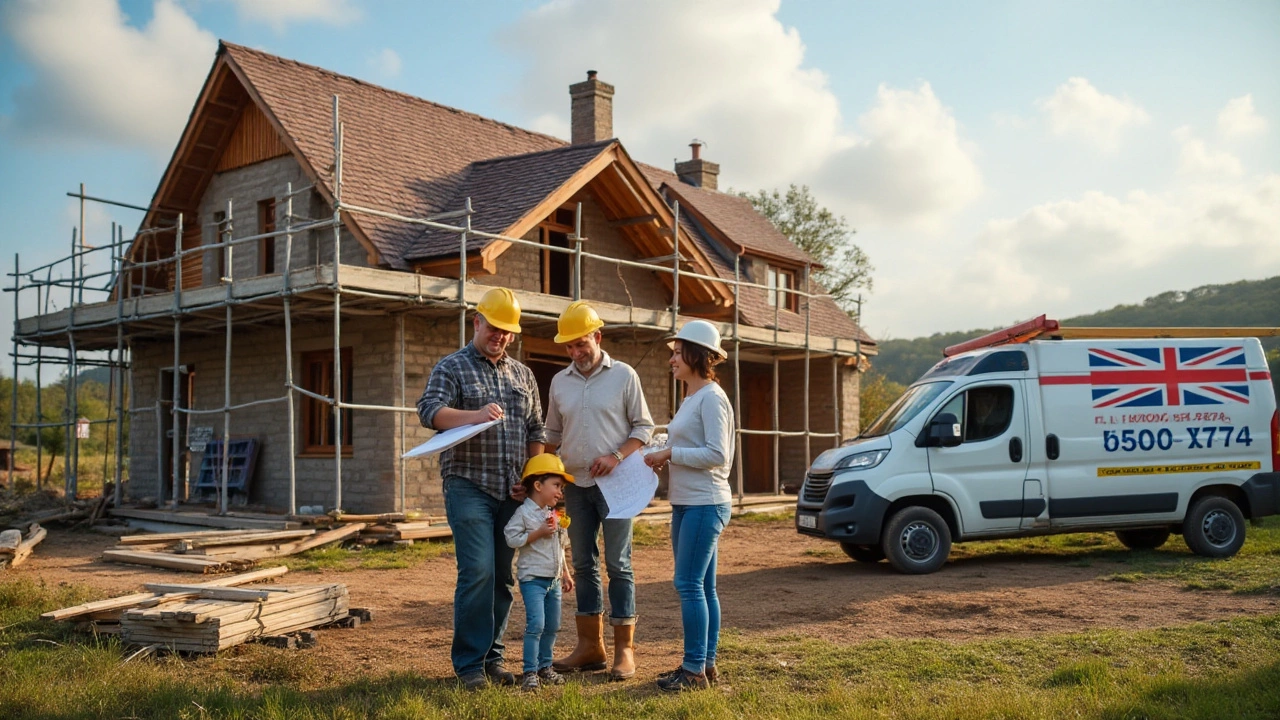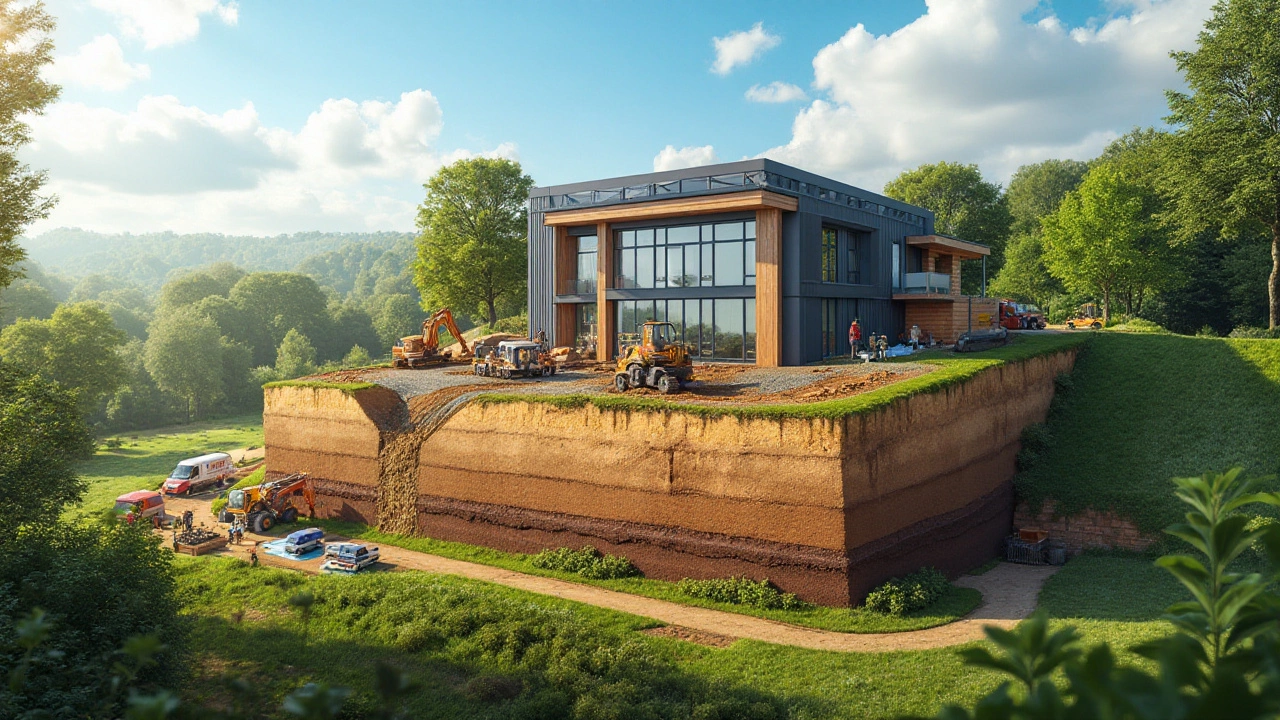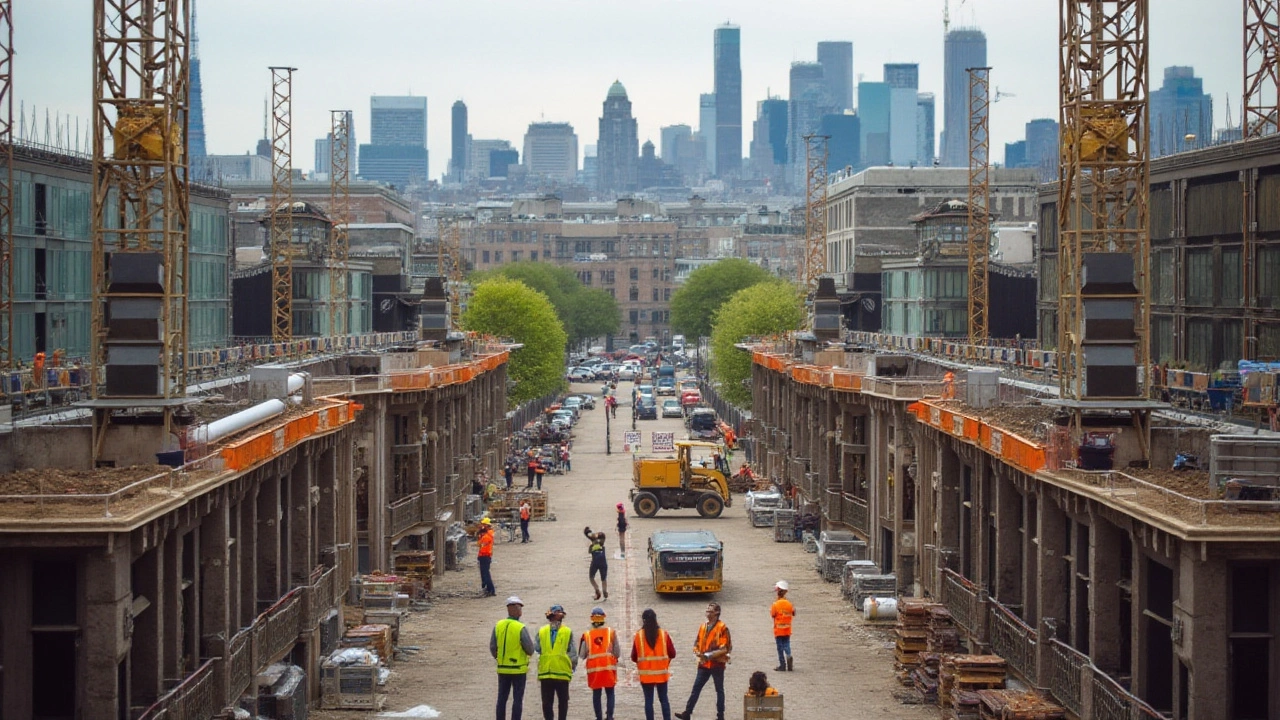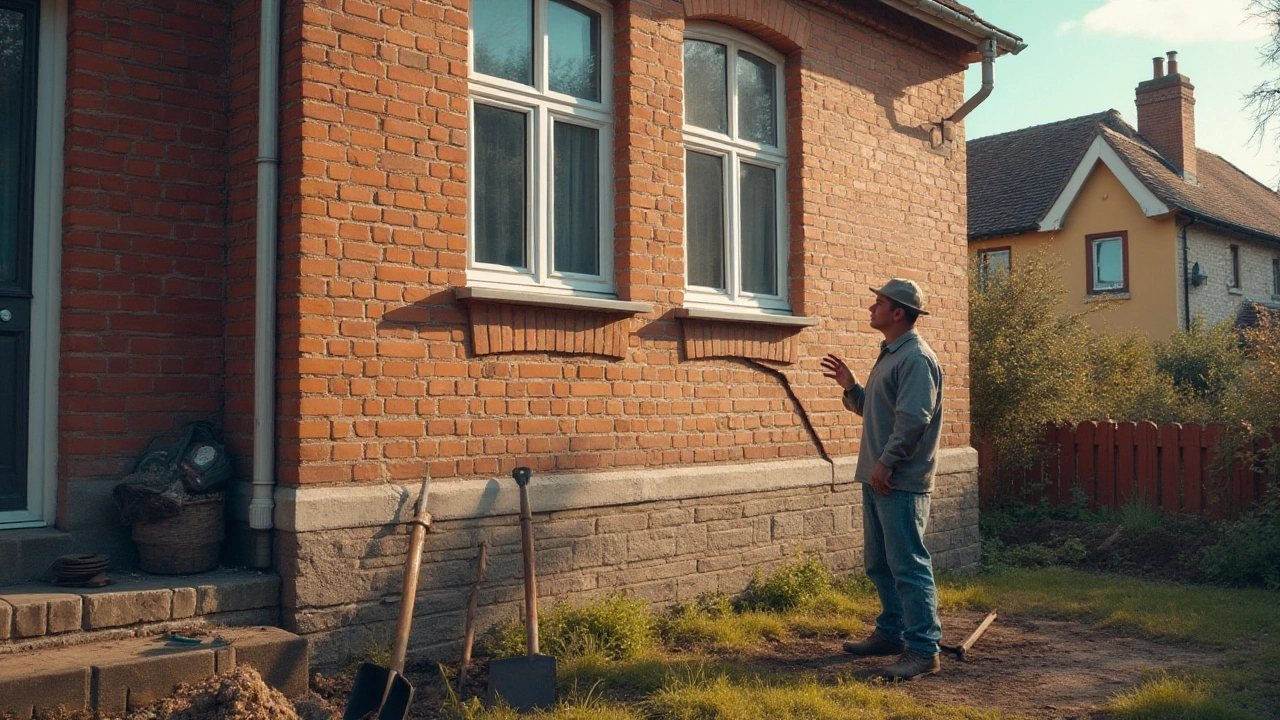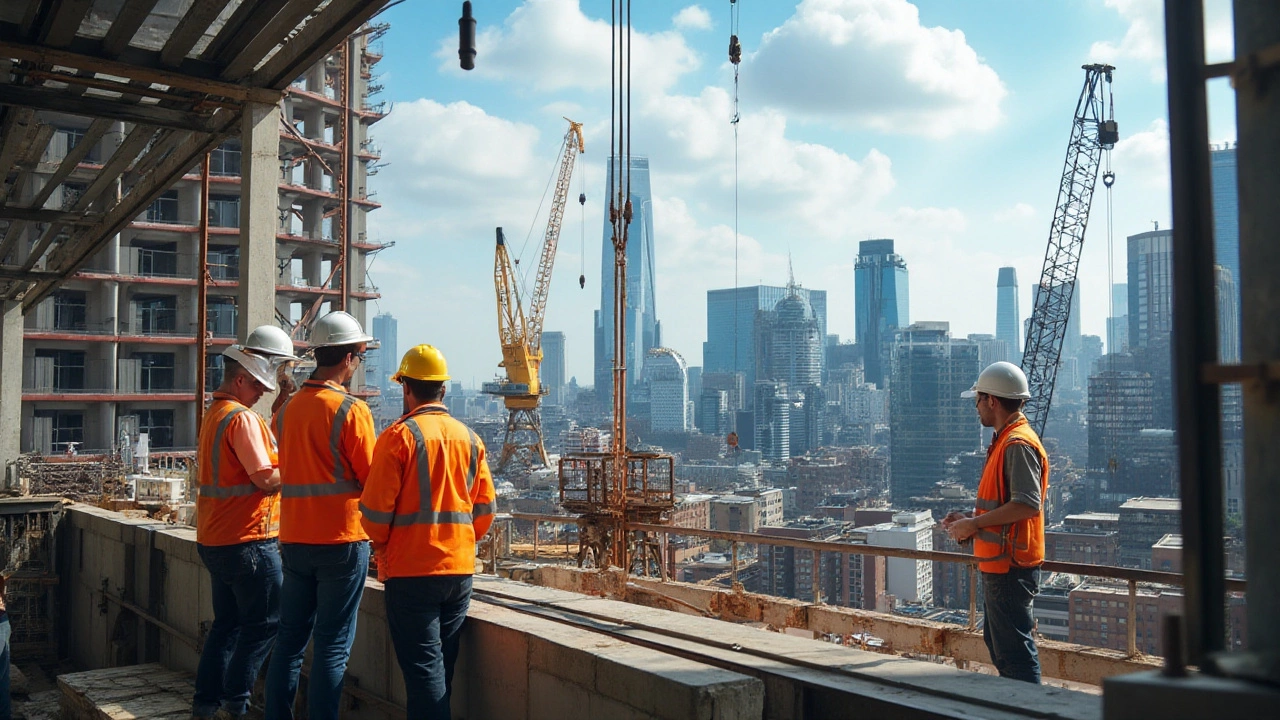November 2024 Construction Insights – What We Covered This Month
If you’ve been looking for easy‑to‑understand advice on anything from hiring a building contractor to figuring out whether to build a new home or buy one, you’re in the right place. This month’s posts break down big concepts into bite‑size tips you can actually use.
Cost‑Focused Topics
We started with a deep dive into why people hire building contractors. The key takeaway? Contractors bring the planning, resources, and on‑site management that save you time and money – especially when a project moves from drawings to drywall.
Next up, we compared commercial and non‑commercial construction. Knowing the difference helps you match the right regulations, insurance and budgets to projects like office blocks versus family homes.
One of the hottest questions we answered was the rising cost of building new homes. Material prices, labor shortages and tighter building codes are the main culprits. We shared three practical ways to keep the budget in check: shop bulk for timber, use modular components and get early approvals to avoid costly redesigns.
For those wondering how long a new building takes to settle, we explained that soil type, moisture levels and foundation design all play a role. Most houses stabilize within six months, but older clay soils can keep shifting for a year or more. Spotting cracks early and checking level floors can prevent bigger problems later.
We also tackled “non‑commercial licensing” in construction projects. Basically, a non‑commercial license limits the use of a design or software to private projects, not for profit‑making ventures. Understanding these limits stops you from unintentionally breaching contracts.
Practical Building Techniques
Identifying defects in new builds was another focus. Look for uneven walls, misaligned doors and any signs of water infiltration. Catching these issues during the snagging phase saves thousands in repair costs.
Our DIY building vs buying piece showed that, with the right team, constructing your own home can be cheaper than purchasing in 2024’s market. Key factors include land price, a realistic timeline and a clear budget buffer for unexpected expenses.
Foundation repair costs can blow up quickly. We highlighted the most expensive methods – piering and underpinning – and gave tips on when to opt for cheaper slab jacking instead.
If you need perfect right angles on site, the 3‑4‑5 method is a game‑changer. Measure 3 ft, 4 ft and 5 ft, then adjust until the diagonal reads 5 ft. No fancy tools required, just a tape and a bit of patience.
Thinking about adding space? We compared building up versus expanding out for house extensions. Building up works great on small plots, while expanding out gives a more open flow and can be cheaper if your lot is large enough.
Finally, we explained Type A vs Type B construction for commercial buildings. Type A offers the highest fire‑resistance and structural strength, while Type B is a step down – useful if you’re balancing cost and safety requirements.
All these posts share one goal: give you clear, actionable advice without the jargon. Bookmark this page to revisit any topic, and feel free to reach out if you need a deeper dive on a specific project.

